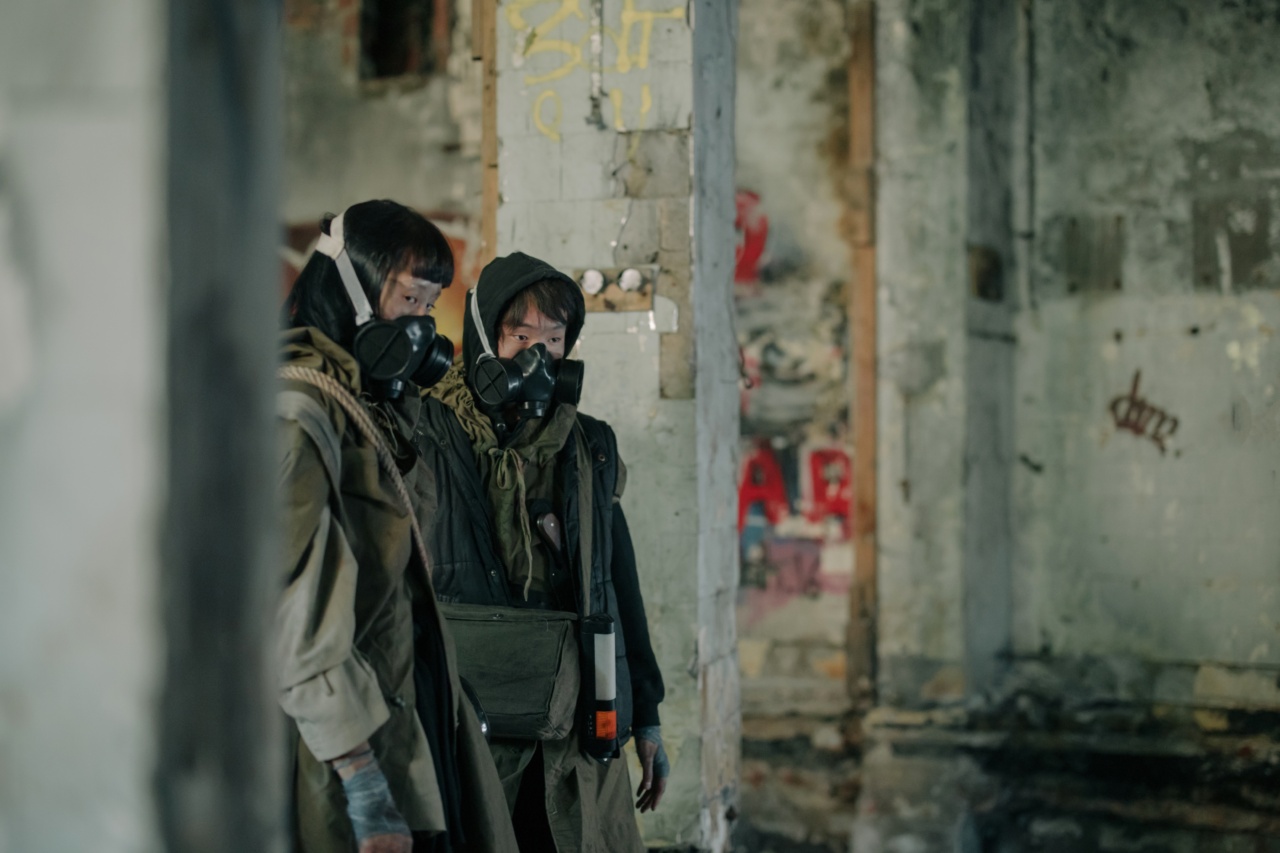Air pollution has become a grave concern worldwide, posing a significant threat to human health and the environment.
While its effects are far-reaching, children are particularly vulnerable to the detrimental impact of air pollution due to their developing bodies and immune systems. The constant exposure to polluted air can have severe consequences on their overall well-being and long-term development.
Deteriorating Respiratory Health
One of the most evident effects of air pollution on children is the deterioration of respiratory health.
Inhalation of toxic pollutants such as particulate matter, nitrogen dioxide, and sulfur dioxide can lead to the onset or exacerbation of respiratory conditions like asthma, bronchitis, and allergies. Children often exhibit symptoms such as coughing, wheezing, breathlessness, and frequent respiratory infections.
Developmental Disorders
Air pollution not only affects the respiratory system but can also have detrimental effects on children’s cognitive and physical development.
Studies have shown that exposure to pollutants like lead and pesticides can result in developmental disorders, including learning disabilities, attention deficit hyperactivity disorder (ADHD), and autism spectrum disorders. These conditions can have far-reaching consequences, impacting a child’s academic performance, social interactions, and future prospects.
Impaired Cognitive Function
Research has indicated a strong association between air pollution and impaired cognitive function in children.
Exposure to fine particulate matter, often emitted by vehicle exhausts and industrial processes, has been linked to decreased cognitive abilities, memory deficiencies, and even decreased IQ scores. The long-term consequences of such impairments can hinder a child’s educational attainment and limit their potential later in life.
Increased Risk of Chronic Conditions
Children exposed to air pollution are at an increased risk of developing chronic health conditions that can persist into adulthood.
Long-term exposure to pollutants, such as air-borne toxins and heavy metals, has been linked to the development of cardiovascular diseases, respiratory disorders, and even certain types of cancer. It is crucial to address air pollution early on to reduce the burden of these chronic conditions on future generations.
Environmental Justice and Disadvantaged Communities
Unfortunately, air pollution often disproportionately impacts disadvantaged communities and vulnerable populations, including children.
Many low-income neighborhoods and marginalized areas are located near industrial zones or heavily congested roads, exposing their residents to higher levels of pollution. This environmental injustice further exacerbates the health disparities existing in these communities, contributing to a cycle of poor health outcomes and limited opportunities for children.
The Role of Pollution Control
To combat the detrimental impact of air pollution on children, robust pollution control measures and policies are essential.
Implementing and enforcing stringent emission standards for industries, promoting cleaner energy sources, and improving public transportation systems can significantly reduce air pollutants. Additionally, reducing reliance on fossil fuels and encouraging sustainable practices can help mitigate the environmental burden and protect children’s health.
Public Health Awareness and Education
Creating awareness about the risks associated with air pollution is crucial in addressing this pressing issue. Public health campaigns and educational programs should emphasize the importance of clean air and ways to reduce exposure to pollutants.
It is vital to encourage individuals and communities to adopt sustainable practices, such as using public transportation, reducing vehicle emissions, and supporting green initiatives.
Investment in Green Solutions
To ensure a sustainable future for children, there needs to be increased investment in green solutions and technologies. Renewable energy sources, such as solar and wind power, can significantly reduce greenhouse gas emissions and air pollution.
Governments, businesses, and communities must collaborate to prioritize the development and implementation of environmentally friendly alternatives.
Building Healthy Environments
In addition to broader measures, creating healthier environments for children is crucial. Green spaces, parks, and tree planting initiatives can improve air quality and provide children with safe areas to play and explore.
Urban planning should prioritize the creation of pedestrian-friendly neighborhoods and promote active transportation options, such as walking and cycling, to reduce reliance on vehicles and associated emissions.
The Collective Responsibility
Addressing the impact of air pollution on children requires collective responsibility. Governments, policymakers, industries, and individuals all play significant roles in mitigating the harmful effects.
By prioritizing the reduction of air pollution, we can safeguard children’s health and create a healthier and more sustainable future for generations to come.






























